The Treaty of Waitangi, Cultural Safety and Maori Health
VerifiedAdded on 2021/04/21
|5
|923
|199
Essay
AI Summary
This essay delves into the critical relationship between the Treaty of Waitangi, cultural safety, and Maori health within the context of New Zealand. It emphasizes the historical and social consequences faced by the Maori population due to British colonization, leading to health inequalities. The assignment highlights the importance of the Treaty of Waitangi as a foundational document for the safety and integrity of Maori people, outlining principles of partnership, participation, and protection. It then explores cultural safety as a key element in healthcare, advocating for interventions that respect Maori cultural norms and preferences. Effective therapeutic communication and advocacy are presented as crucial strategies for nurses to improve health outcomes. Effective communication fosters trust and inclusion, while advocacy ensures the protection of Maori healthcare rights and adherence to key principles like autonomy and cultural identity. The essay concludes by reaffirming the significance of cultural safety in healthcare for the Maori community, emphasizing the positive impact of these interventions on health outcomes.
1 out of 5
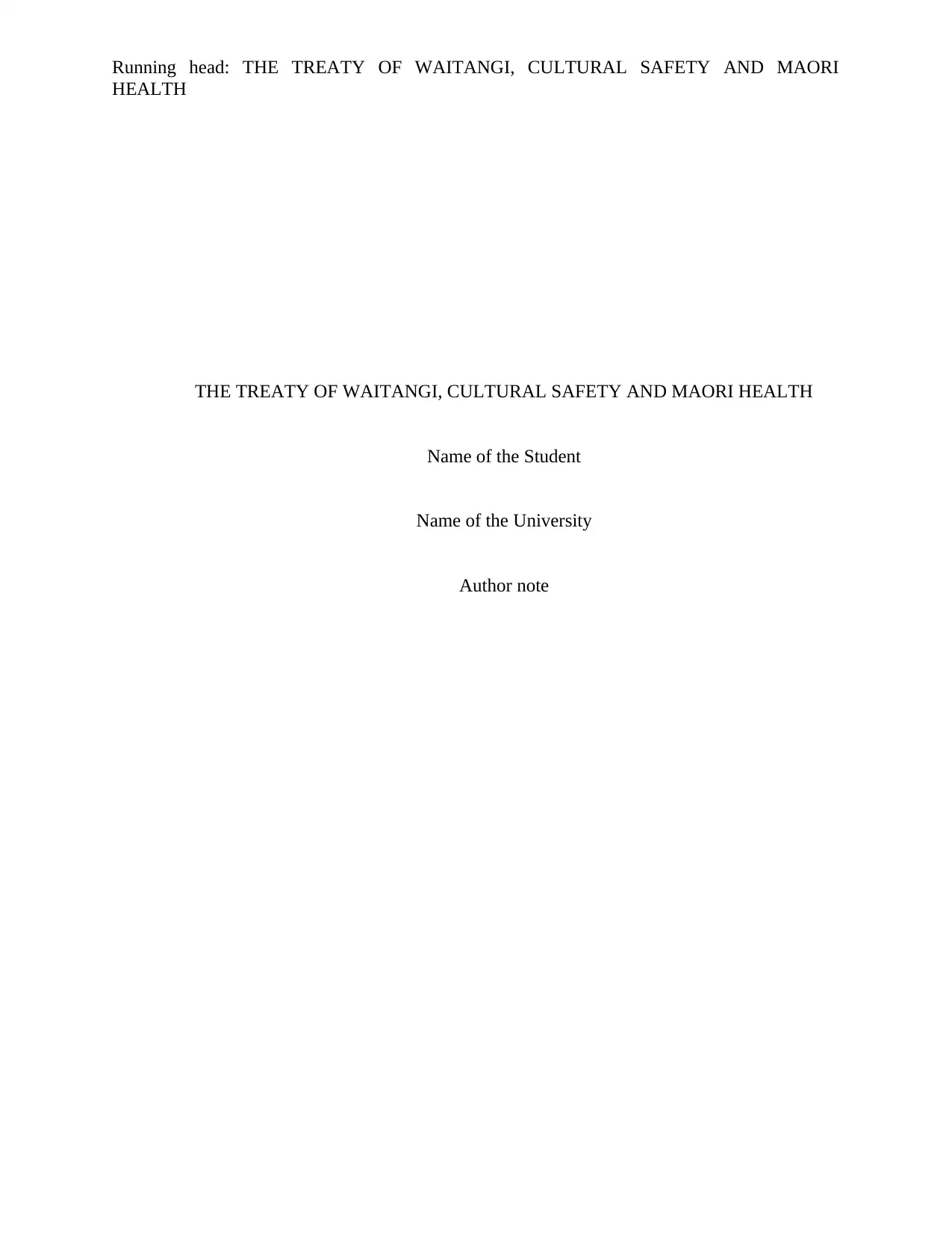
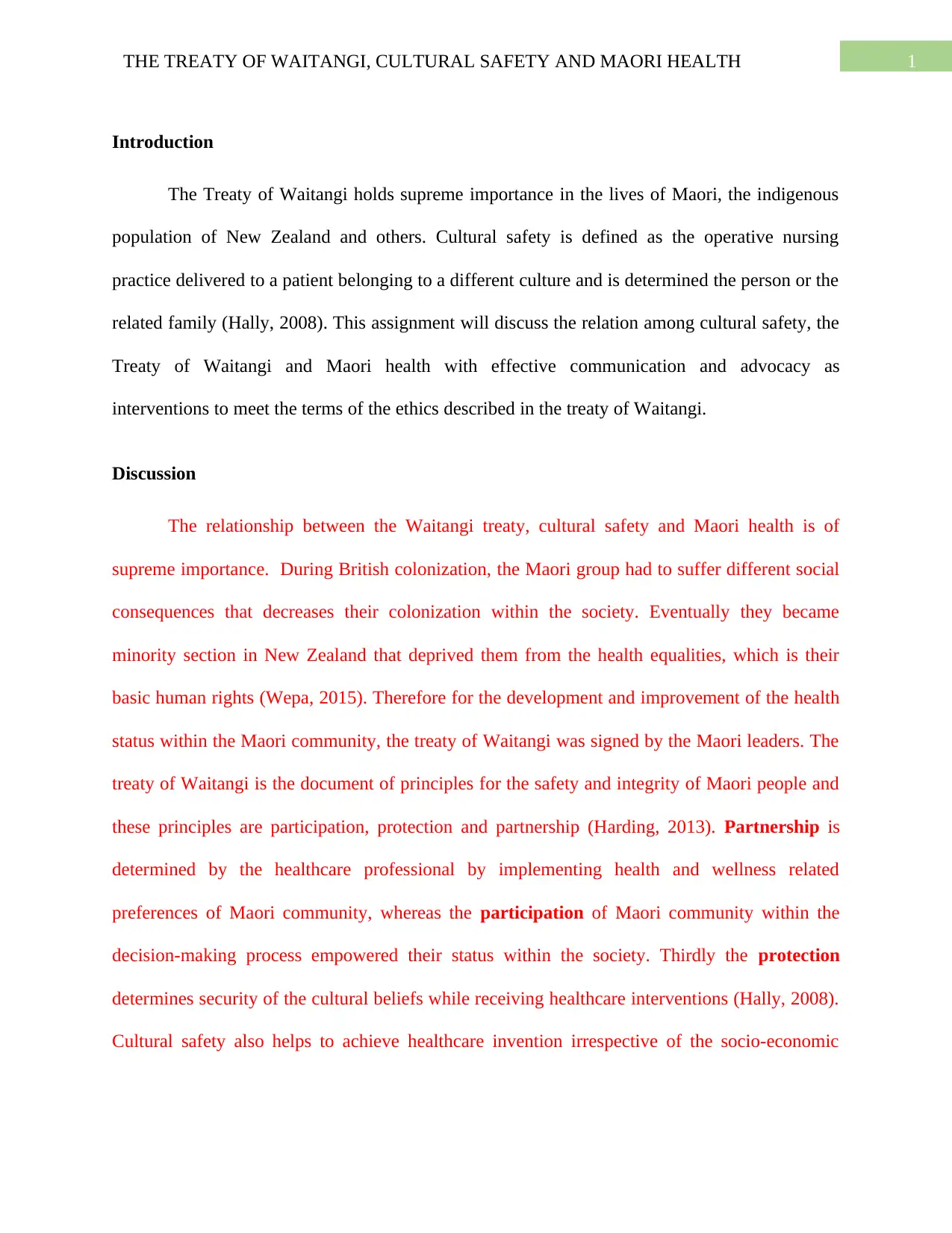
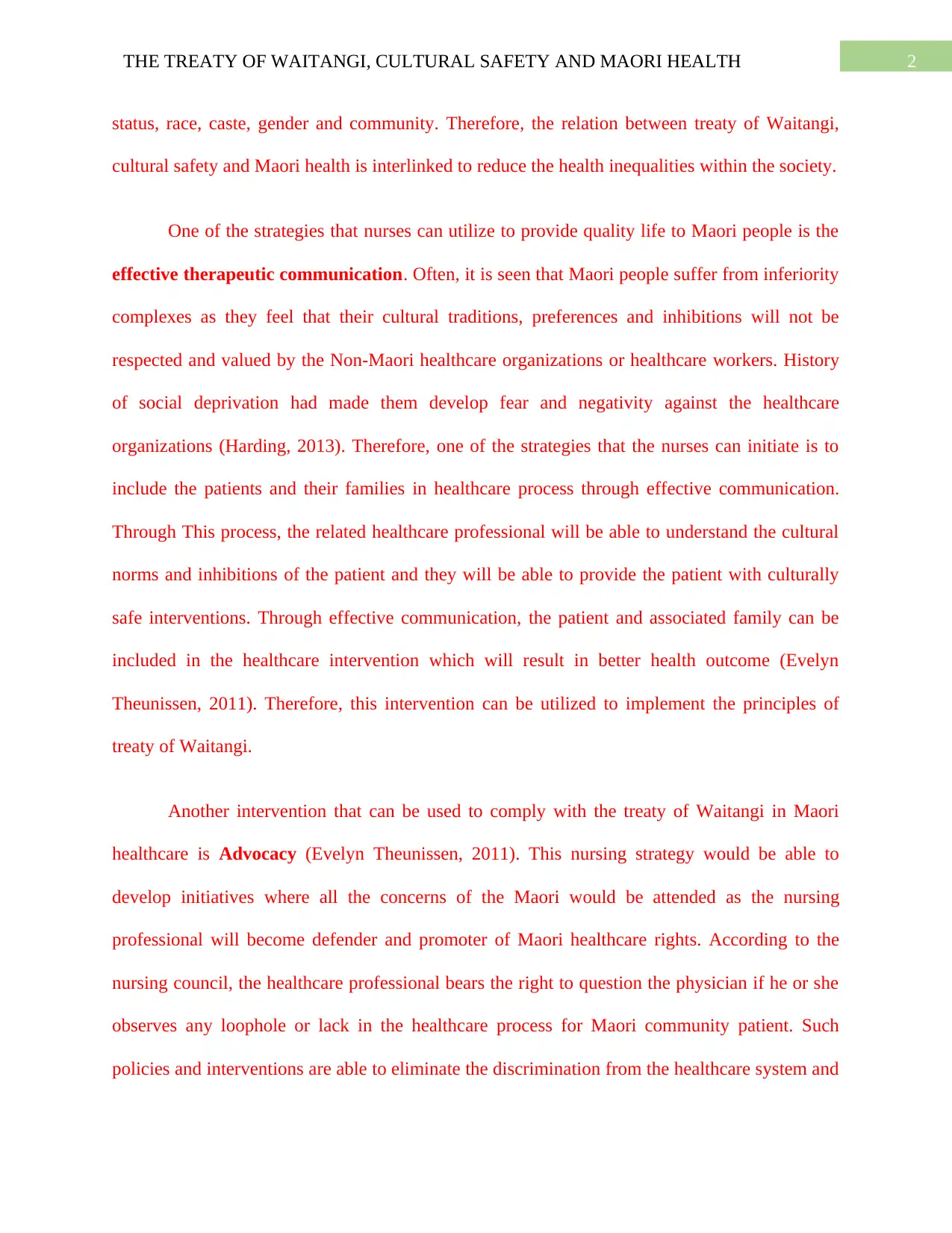

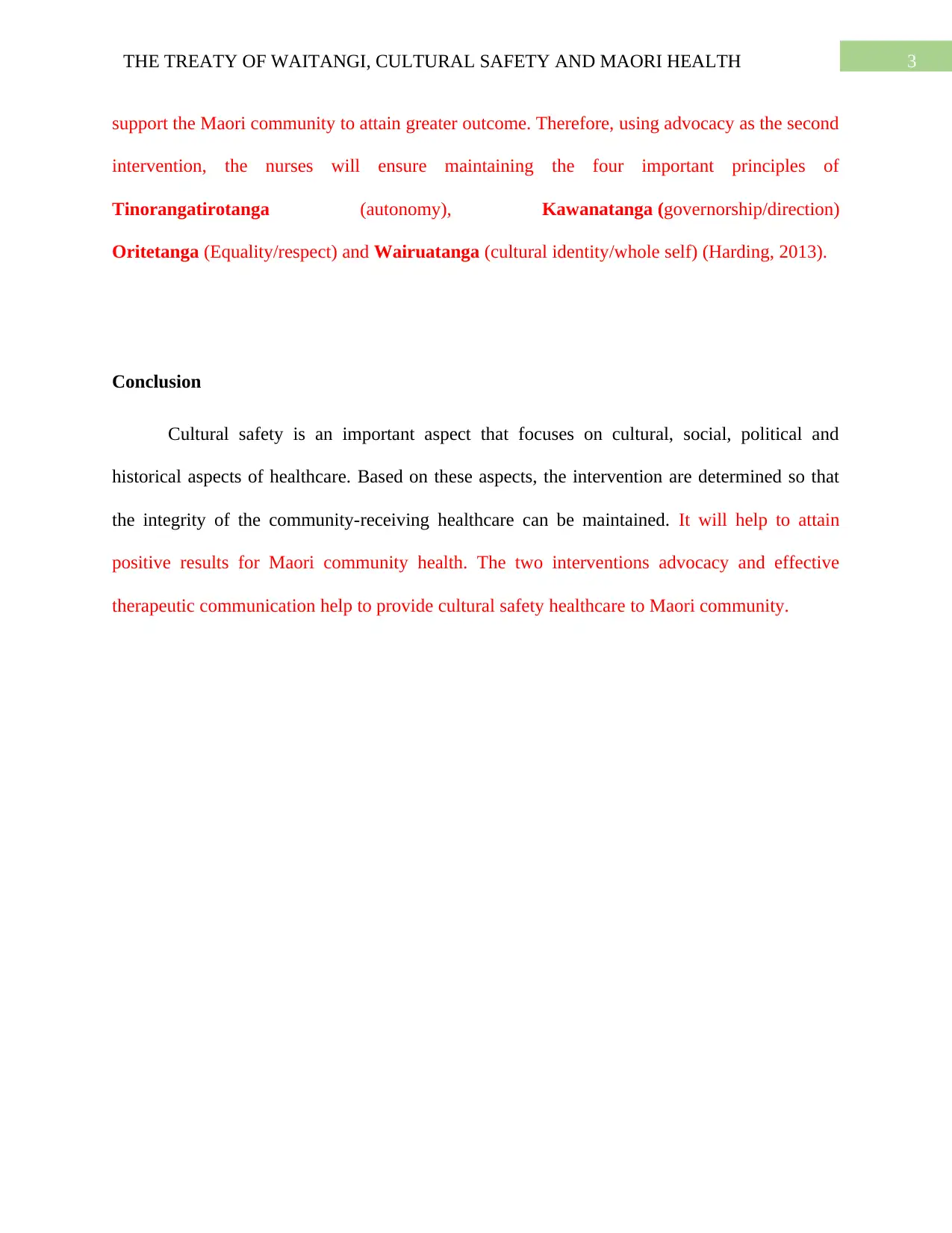
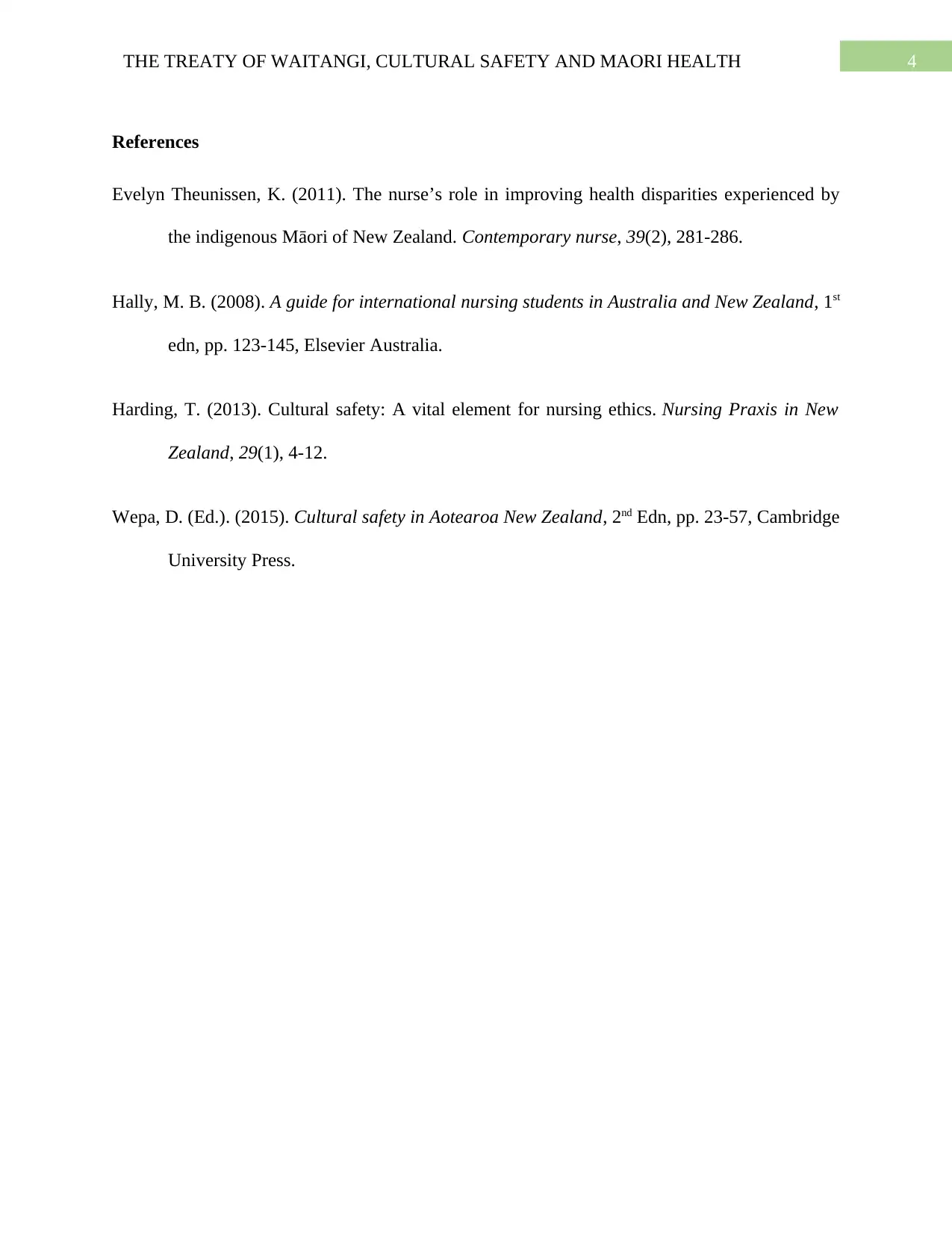





![[object Object]](/_next/static/media/star-bottom.7253800d.svg)